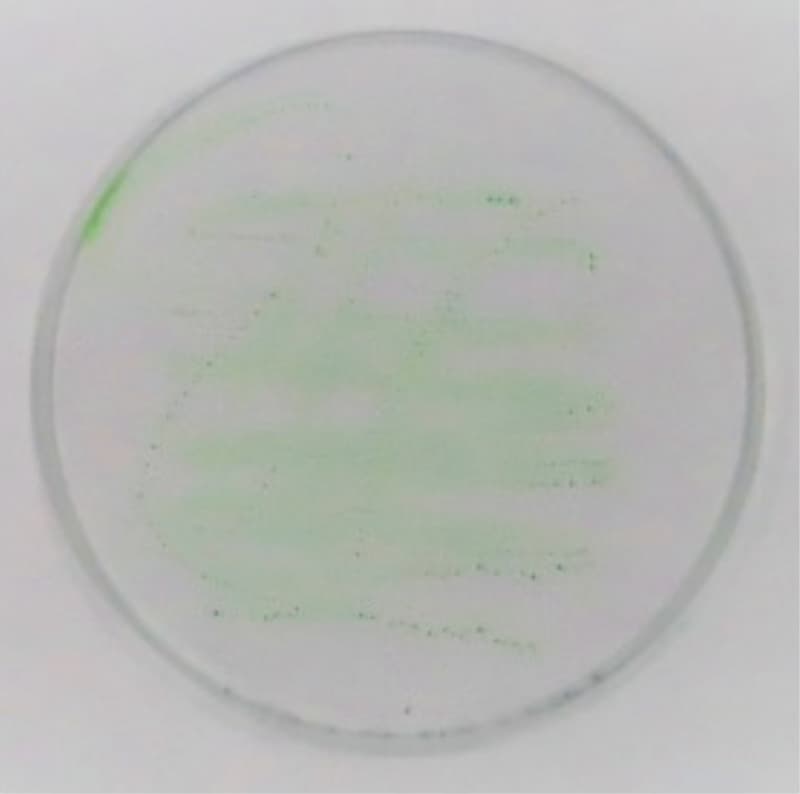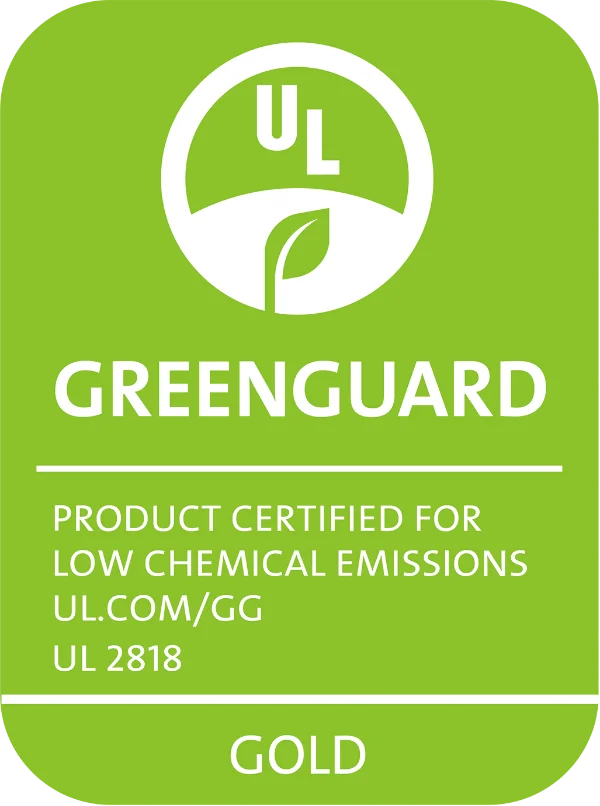Chemical Substances / Pollution Prevention
Management of Chemical Substances in Products
Canon has built a Canon-wide environmental assurance system for managing chemical substances in products.
Chemical Substance Classification and Management Method
| Explanation | |
|---|---|
| Prohibited substances | Chemical substances which cannot be used in products |
| Use-restricted substances | Chemical substances for which we are working to find alternatives by specific deadlines |
| Controlled substances | Chemical substances for which the amount should be monitored |
Utilization and Development of the chemSHERPA System for Information Sharing on Chemical Substances
To manage chemical substances appropriately, it is important to share information on the chemical substances contained in materials, parts, and products accurately and efficiently along the supply chain from upstream to downstream, and to ensure compliance with all applicable regulations. After adopting the IEC62474* international standard data scheme, Canon in 2017 began utilizing the chemSHERPA data scheme for information sharing, standardized under the initiative of Japan's Ministry of Economy, Trade and Industry. As of 2024, more than 99% of survey replies from suppliers have been made through chemSHERPA. This has led to increased workplace efficiency while helping alleviate the administrative burden on suppliers. Meanwhile, for suppliers who have difficulty with the reply process, we have prepared guide manuals in Japanese, English, and Chinese to promote the progressive global adoption of chemSHERPA.
- * Material Declaration for Products of and for the Electrotechnical Industry. International standards issued by the IEC (International Electrotechnical Commission) in March 2012 aiming to streamline the material declarations on chemical substances and compositions contained in the products of the electrotechnical industry in the global supply chain.
Contributing to Upgrading of Supply Chain Information Sharing at the International Electrotechnical Commission (IEC)
The International Electrotechnical Commission (IEC) is a body that carries out international standardization in all electrical, electronic and related technologies. As a member of the Technology Committee (TC111) that formulates its environment-related standards, Canon contributes in particular to the formulation of standards for information sharing on chemical substances contained in products. In this way, we work in partnership with specialists worldwide to upgrade the sharing of supply chain information.
Participation in Study of Next-Generation Information Sharing Scheme
Discussions are underway across industries on the Chemical and Circular Management Platform (CMP), a next-generation information sharing scheme that seeks to address issues that face current information sharing methods, such as lowering the burden of chemical substance surveys throughout the supply chain and the need to readminister surveys when regulations change.
Taking part in the CMP discussions as a key member, Canon will continue to work through these activities to address issues in the sharing of information about chemical substances and reduce the burden across the supply chain.
Fluorine-free Water Repellent Coating Material
PFAS are known as "eternal chemicals" because they persist in the environment for long periods of time. Since they can contaminate tap water and soil and cause damage to health, there are growing calls for their reduction. To address social demands for the reduction of PFAS, Canon Optron has developed OR-510, a fluorine-free coating material. Offering water repellent and antifouling properties and a low refractive index, the coating makes it easier to wipe off fingerprints on smartphones and tablets and reduces the adhesion of water droplets without interfering with the optical properties of glasses, sunglasses, and camera lenses.


UVgel460 Inks Certified as Meeting Rigorous GREENGUARD Gold International Standard
The UVgel460 inks used in Canon's Colorado series of printers have been certified to meet the GREENGUARD Gold international standard relating to indoor emissions of volatile chemical substances from products. With stricter criteria than GREENGUARD, the GREENGUARD Gold certification indicates that UVgel460 inks meet rigorous indoor environmental standards and can be safely used in schools, healthcare institutions, and other facilities.

